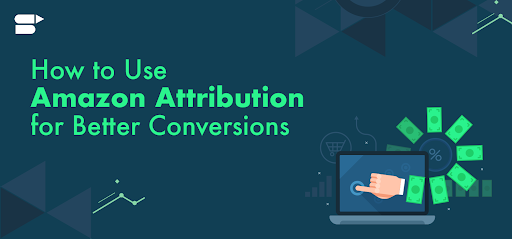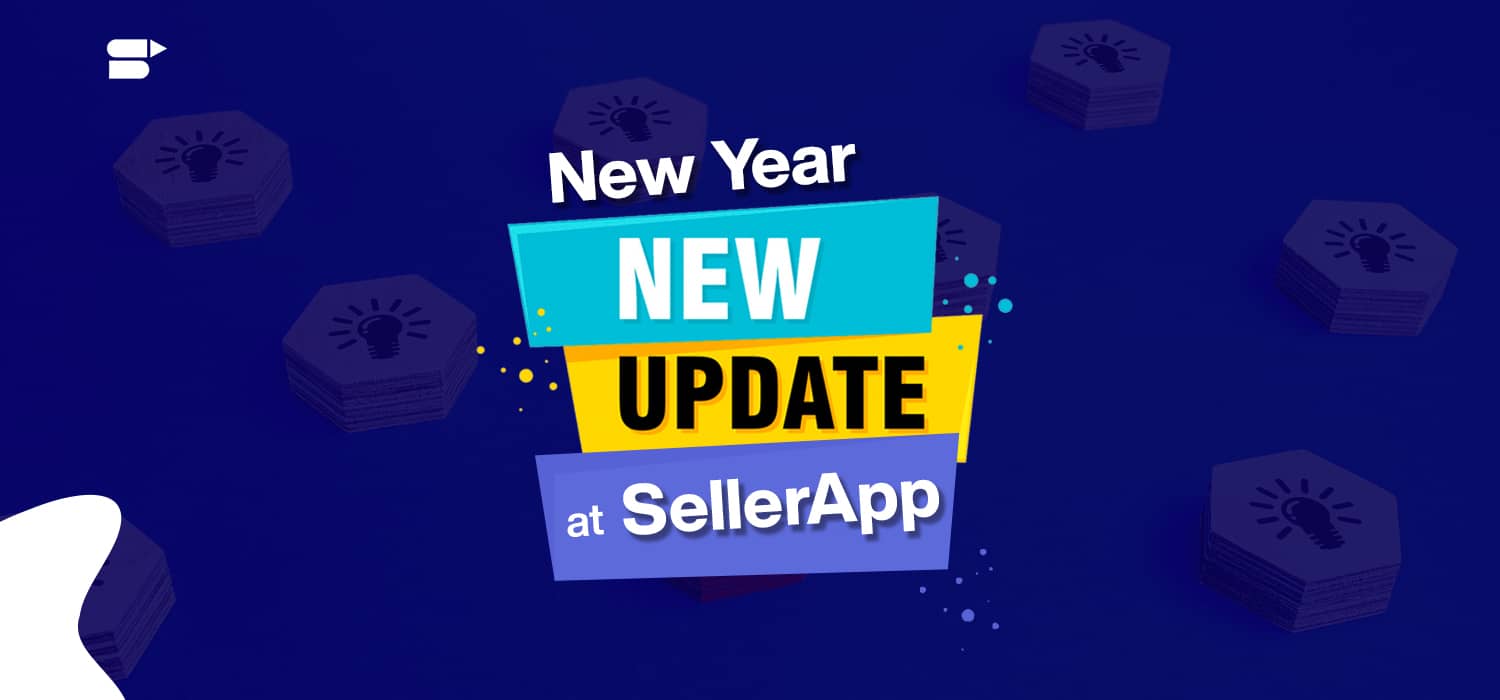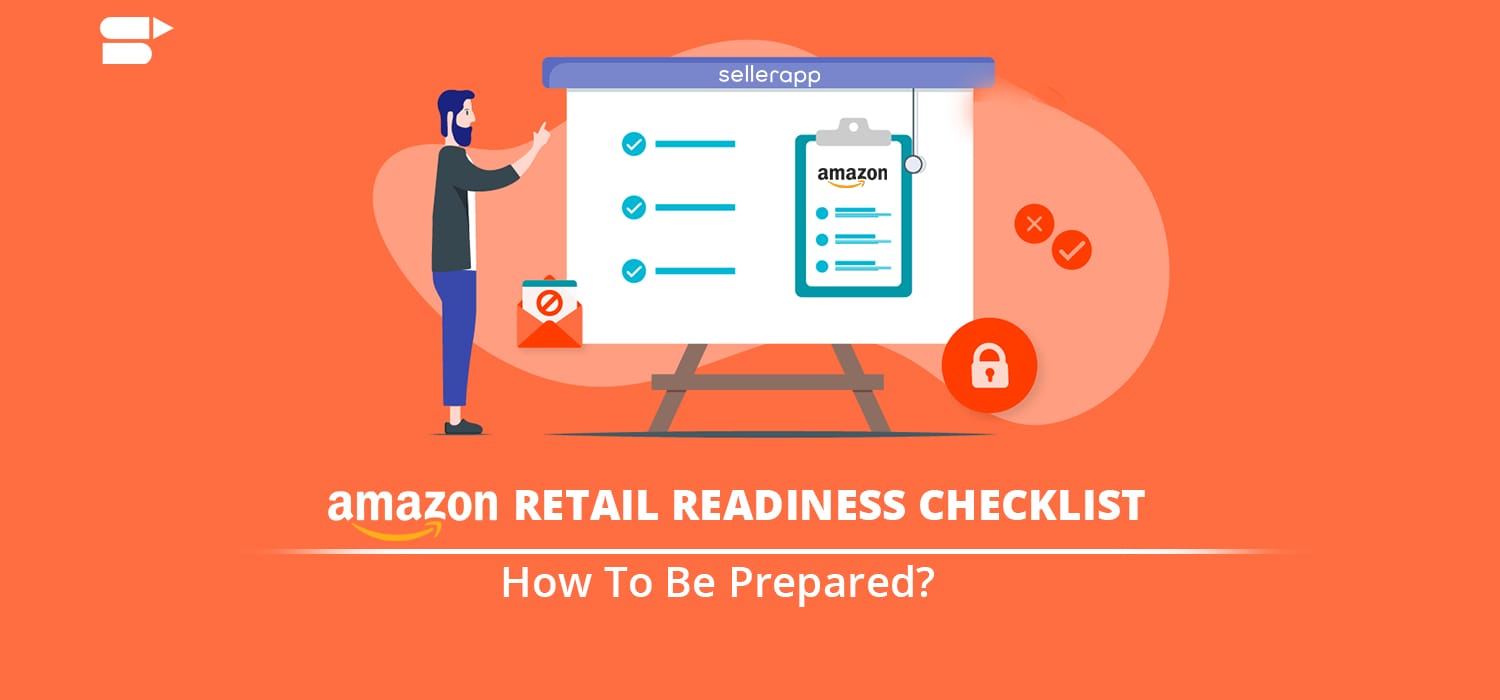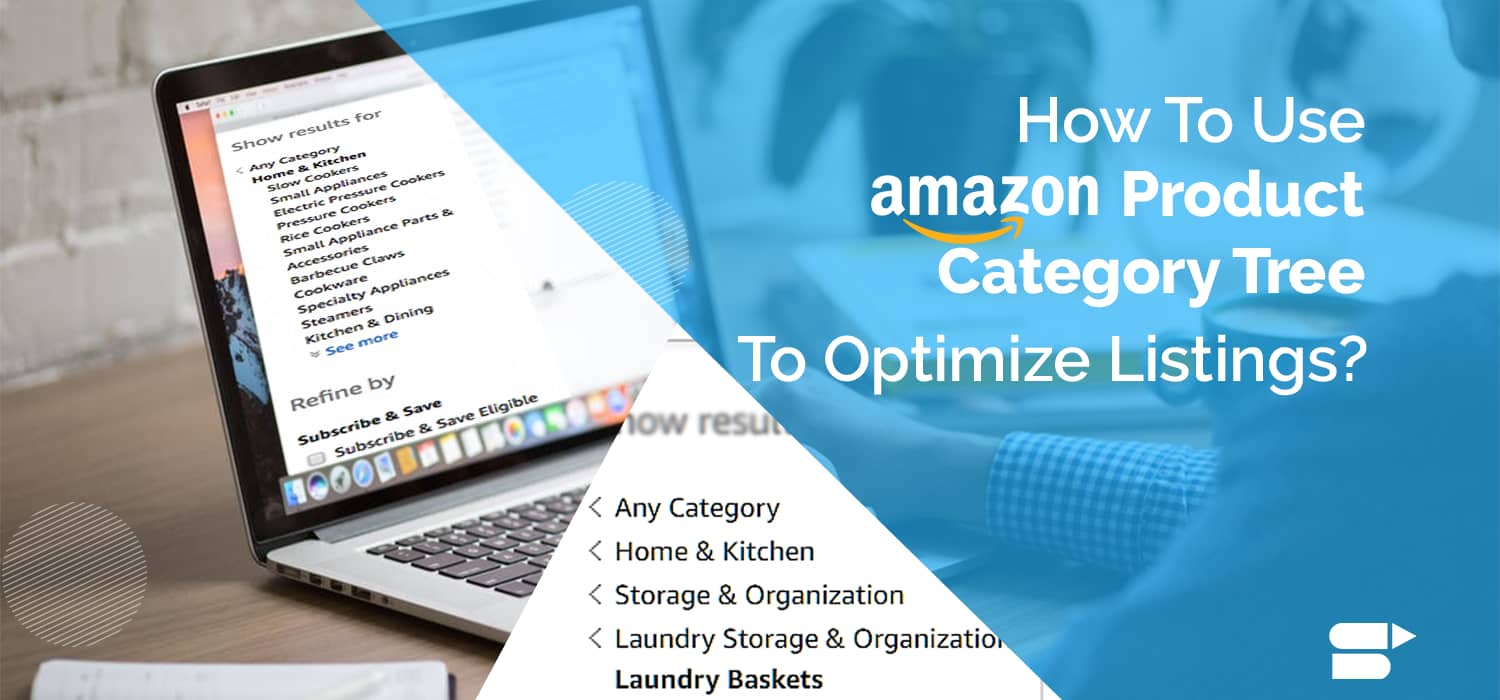SellerApp’s Amazon Keyword Research Tool: What Makes It So Great?

Keyword Research is one of the core tasks for Amazon SEO, which involves identifying some popular search terms shoppers use on Amazon’s search box to get the results that they are looking for.
Researching the right keywords gives sellers a better understanding of:
- How people are searching for the products?
- How hard it is to compete with other competitors for those keywords?
- How can your product listings be optimized to deliver shoppers the best experience?
The idea behind “Keyword Research” is not only about substantiating how much search volume a specific keyword has — but it’s more about discovering the diverse ways shoppers use language to look for something over the internet.
As such, looking for popular keywords is not a huge part of SEO, but rather it is a key element of marketing as a whole. This is because it can fetch you some ideas on:
- What to actually sell on Amazon?
- What product categories and appropriate keywords to target?
- What and how hard are the keywords to compete for?
- What shoppers or audience are searching for that keyword?
With this information, you can learn more about your target audience’s demographics, and keep updated with the new search terms that shoppers use.
Eventually, you can drive a good amount of relevant traffic to your product listings, given that they are properly optimized. This way your listings tend to attract the right audience are most likely to convert.
Moreover, you effective keyword research can also help you zero in on backend keywords that can drastically improve your product’s discoverability. However, you need to make sure to not duplicate the keywords. You can always use SellerApp’s Amazon keyword duplicate remover tool to give you an edge.
Now, this all comes down to using the right keyword tool, something that is exclusively designed for Amazon. This is where our intelligent research tool comes in.
Related Post: Perform Keyword Research For Amazon Products? – Using SellerApp
What is special about SellerApp’s Keyword suggestion?
So, what makes our tool different is that we use an advanced technology called S-SEA (SellMetric Search Estimate Algorithm), which works similar to elastic search and Apache Lucene. This is more than a search engine by itself.
By definition, Elasticsearch is an open-source, distributed, search & analytics engine, which can be applied to different types of data like numbers, text, geospatial, unstructured, and structured.
In simple words, Elasticsearch is a DB (Database), which stores, manages, and retrieves semi-structured and document-oriented data.
The benefits of S-SEA:
1. Quick performance
Rather than searching for the keyword directly, it looks up an index instead. This retrieves faster results for a query entered and ensures that it fetches you only the “best matches.”
2. Multiple search options
When it comes to “search,” our S-SEA leverages Elasticsearch to implement diverse features like customized text splitting into words, stemming, full-text search, faceted search, instant search, and auto-completion.
A fuzzy search is great for spelling errors. You will find what you are searching for although you have spelling mistakes. On the other hand, instant search and auto-completion refer to searching when the user types. It tries to estimate the search based on its search history, or by doing a whole new search for each keyword.
3. Precise results
Our intelligent tool uses JSON-based DSL, a powerful technology that enables you to construct complicated queries and fine-tune them to make sure you have precise results during a search. It provides also a way of geo ranking and grouping results.
4. Grouping and aggregations
With the help of Aggregations API, our tool performs analytical operations on a subset of data, and further, enables nesting – by creating a tree of aggregations at every level so that data can be accessed as you desire. Overall, it provides more statistical and analytical results for the keyword entered.
With S-SEA, you will be able to run any query at a pace you have never seen before. Like any other open-source technology, our estimator also gets better each time it evolves. However, its essential fundamentals don’t change, as we use the ELK Stack.
ELK is the acronym of Elasticsearch, Logstash, and Kibana, which are three well-admired open source projects, each with its perks.
Whether it is to look for top X results from a huge database containing texts, freely slice & dice metrics, or analyze security events, this stack is pushing boundaries to do something awesome every time.
We improve our tool’s search quality by leveraging two concepts:
1. Stemming
This is a process where we reduce a derived keyword into its root keyword. Let’s take an example here. Consider these keywords–shirts, t-shirts, t-shirt. The word “shirt” is common here.
When these are indexed, the root keyword is saved in the index rather than the actual keyword. They then go through the steaming process, where the root keyword is checked for in the index. The process of steaming increases the chances of user findings or what a user is looking for.
2. Synonyms
Much like shirts & t-shirts, words like formals & casuals also mean the same thing. So, the data retrieval system looks for synonyms to improve the search quality significantly.
Know that human language involves different things like gender, tense, and numbers. Therefore, concepts like stemming & synonyms help enhance the search quality and minimize the index size by eliminating the differences between similar keywords.
How does our tool estimate a keyword’s search volume?
We were often asked how does our tool estimates a keyword’s overall metrics or millions of key phrases for that matter.
Well, you will be fascinated to read the fact that we performed 20+ billion searches from about 250 million users, who were actively searching for 75+ million unique keywords, just in the U.S. Amazon marketplace alone.
We used AI (Artificial Intelligence) to analyze this massive amount of data to organize and rank these keywords in order. Further, we calculated every keyword’s search volume and stored it in our database.
So, here is a quick breakdown of how it works:
Step 1: Our keyword research algorithm first creates a Keyword Cluster (over 300 million keywords existing already) based on these aspects for a keyword or search term that a user enters our tool:
- Buyer Patterns
- Customer Search Terms & Patterns
- Amazon Automated “search suggestion” or “related searches”
- Data Available on Public Domain particularly for Amazon
- Data Science and Proprietary SellerApp algorithms
Step 2: Next, we monitor Amazon’s search box to check what exactly are shoppers using to search for something. This quickly enables us to fetch what potential buyers search and what’s trending.
Step 3: Our tool then compares all the keywords that were once used and what is currently being searched. Finally, we accumulate new data against the historical search terms and store them in our database via Elasticsearch.
In addition, we consistently run spot checks with Amazon PPC’s search impression data to give us baseline readings of how many searches a keyword can have.
You must be aware that “impressions” are vital data points. But little did you know that they are only a part of the total volume and not a complete measure of customer demand. We utilize the information gathered from our checks and supplement our algorithms with data science.
This is a continuous learning process because the data gets refined, added, and deleted consistently.
Our Keyword research tool constantly evolves, as we keep appending freshly found keywords through different data sources. The convenience of our AI-based tool rests squarely on its ability to assist us to comprehend more concisely how to position your listing in a way to fit potential buyers’ interest and not just the raw number of keywords returned.
Additional Read:
10 Power Seller Hacks To Crush It On Amazon











Michael
March 30, 2021Very informative article.
Mason
July 4, 2021SellerApp’s Content is awesome.